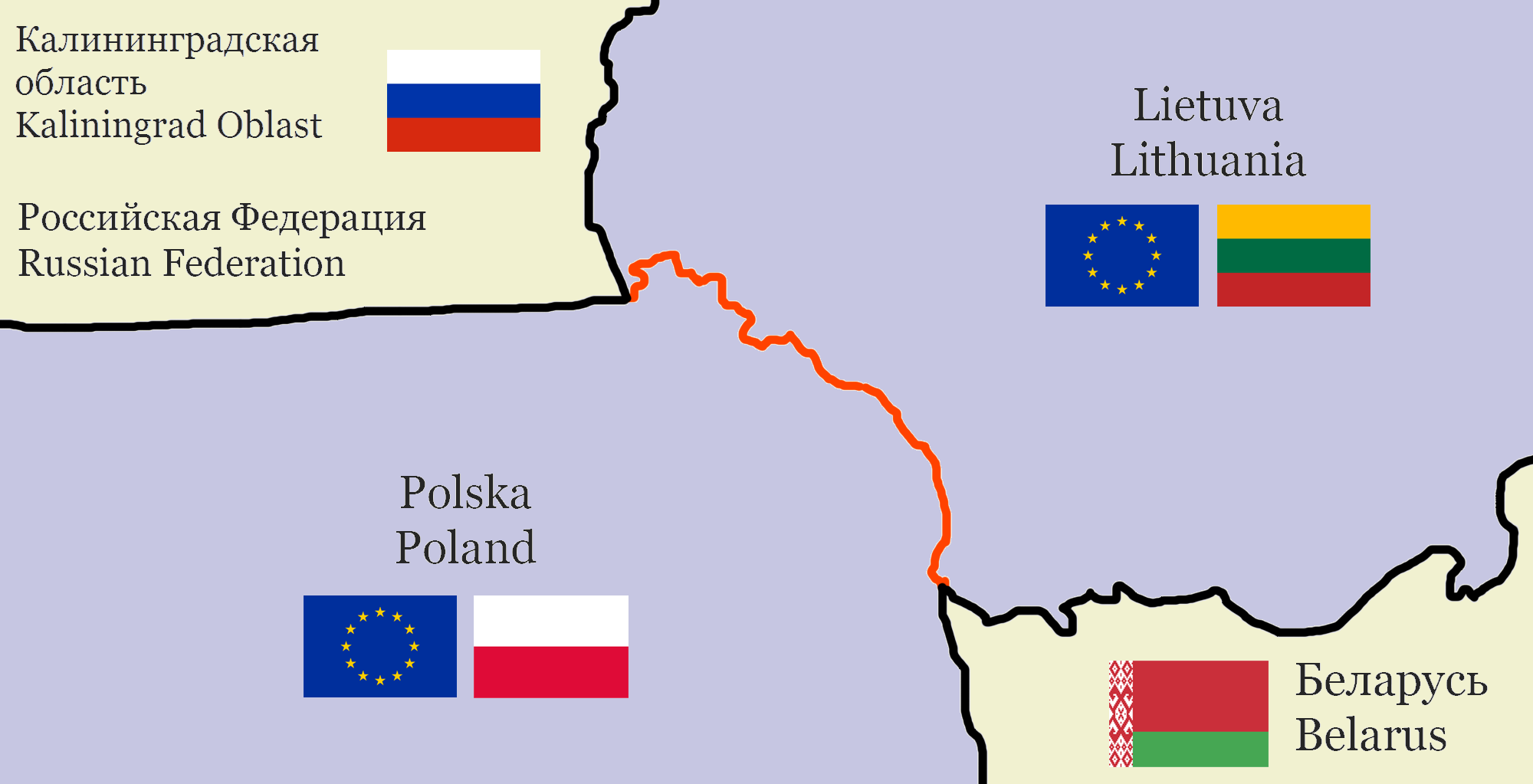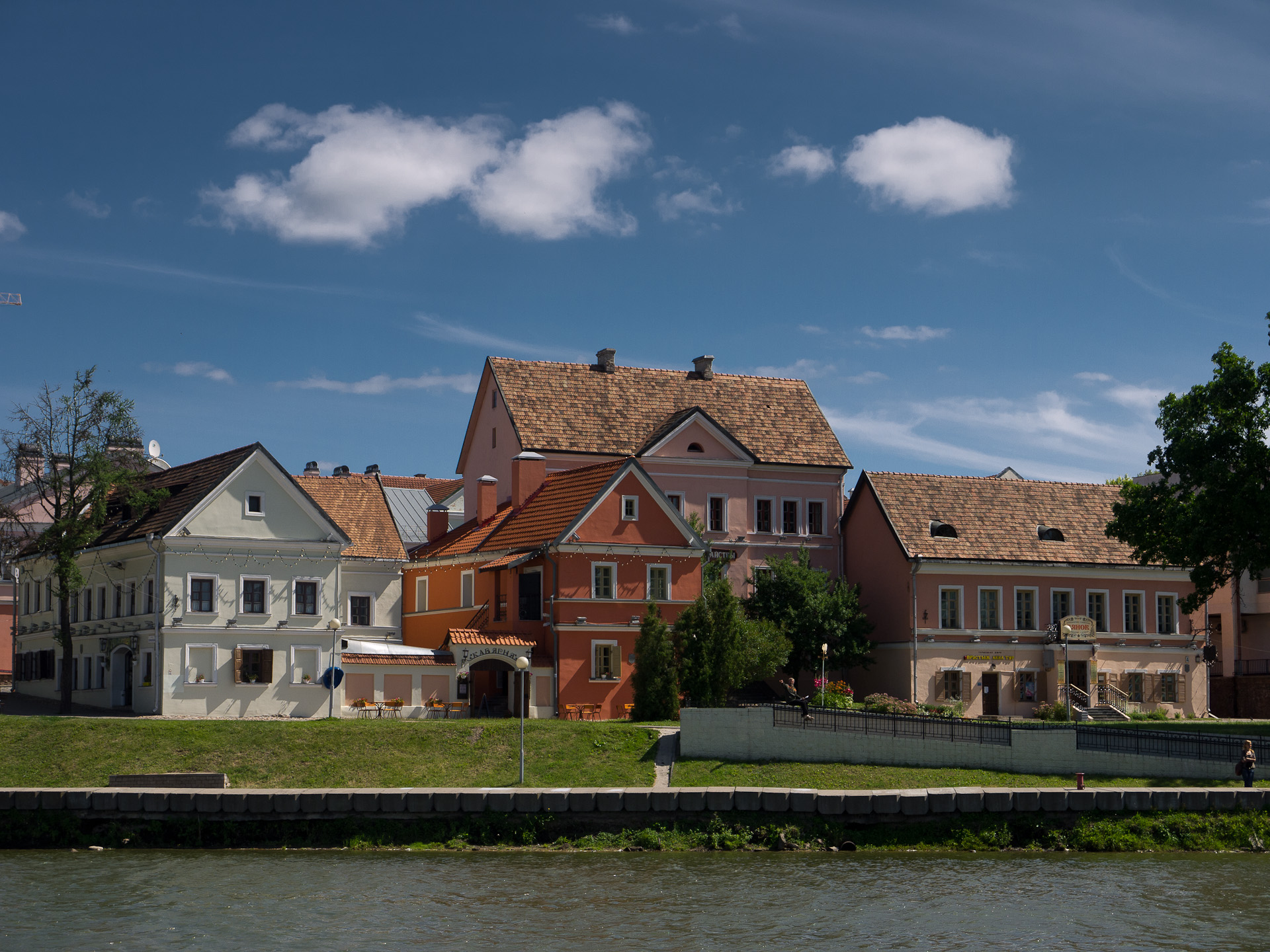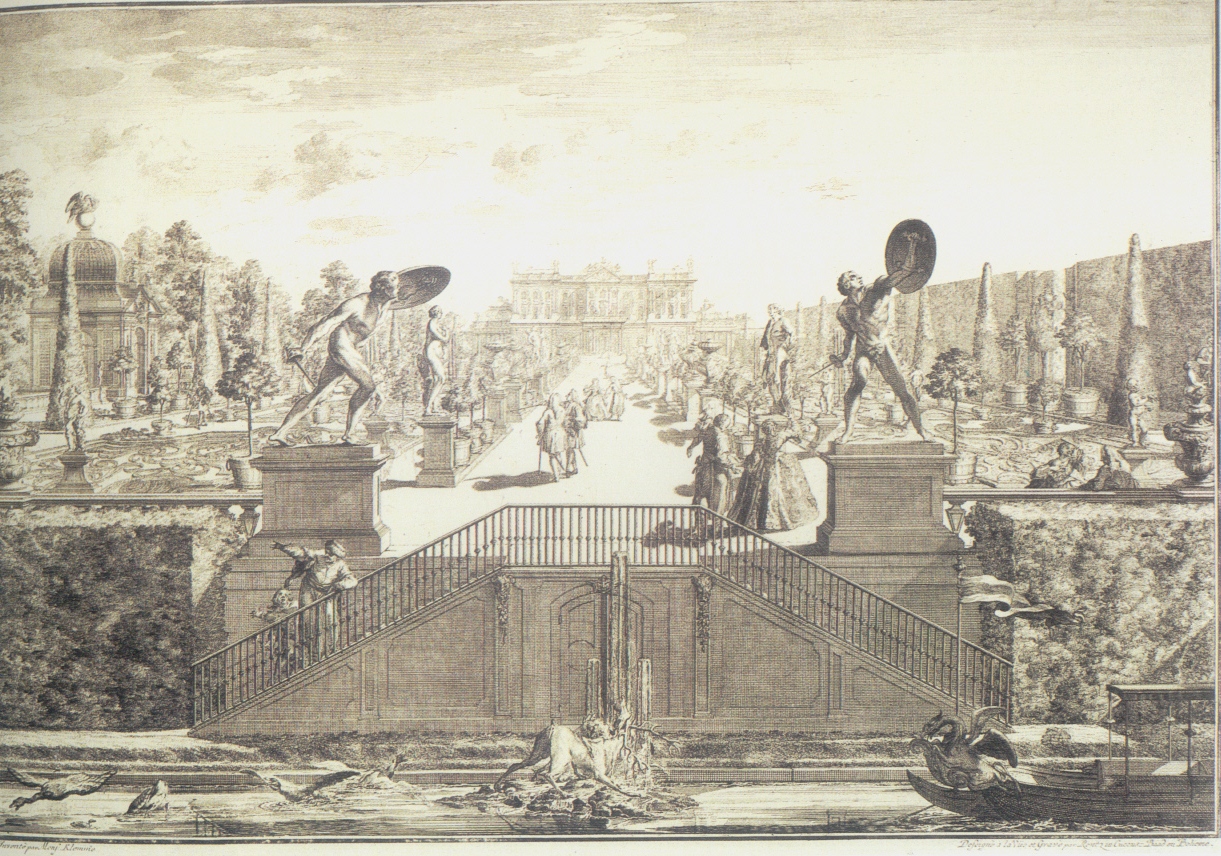|
5th Legions' Infantry Regiment
5th Legions Infantry Regiment of Józef Piłsudski (, abbreviated to 5 pp Leg.) was an infantry regiment of the Polish Army in 1918–1939. It was garrisoned in Vilnius as part of the 1st Legions Infantry Division. Formation In the final days of October 1918 in Kraków, officers and soldiers of the former Polish Legions, commanded by Captain Michał Karaszewicz-Tokarzewski, decided to form an Infantry Regiment, in order to help Polish defenders of the city of Lwów, besieged by the Ukrainians. Polish–Ukrainian War On November 10, 1918, the regiment's first battalion, under Major Julian Stachiewicz, left Kraków for Przemyśl, to be immediately involved in heavy fighting against the Ukrainians. By November 12, Przemyśl was completely in Polish hands, so the regiment's battalions were sent to Lwów. By November 22, the enemy was pushed out of the city. Fighting around Lwów continued until early spring 1919, and the regiment remained in the area of the city until Marc ... [...More Info...] [...Related Items...] OR: [Wikipedia] [Google] [Baidu] |
Józef Piłsudski
Józef Klemens Piłsudski (; 5 December 1867 – 12 May 1935) was a Polish statesman who served as the Naczelnik państwa, Chief of State (1918–1922) and Marshal of Poland, First Marshal of Second Polish Republic, Poland (from 1920). He was considered the ''de facto'' leader (1926–35) of the Second Polish Republic as the Ministry of National Defence (Poland), Minister of Military Affairs. After World War I, he held increasing dominance in Politics of Poland, Polish politics and was an active player in international diplomacy. He is viewed as a father of the Second Polish Republic re-established in 1918, 123 years after the final Partitions of Poland, Partition of Poland in 1795. Seeing himself as a descendant of the culture and traditions of the Polish–Lithuanian Commonwealth, Piłsudski believed in a multi-ethnic Poland—"a home of nations" including indigenous ethnic and religious minorities. Early in his political career, Piłsudski became a leader of the Polish Socia ... [...More Info...] [...Related Items...] OR: [Wikipedia] [Google] [Baidu] |
Ukraine
Ukraine ( uk, Україна, Ukraïna, ) is a country in Eastern Europe. It is the second-largest European country after Russia, which it borders to the east and northeast. Ukraine covers approximately . Prior to the ongoing Russian invasion, it was the eighth-most populous country in Europe, with a population of around 41 million people. It is also bordered by Belarus to the north; by Poland, Slovakia, and Hungary to the west; and by Romania and Moldova to the southwest; with a coastline along the Black Sea and the Sea of Azov to the south and southeast. Kyiv is the nation's capital and largest city. Ukraine's state language is Ukrainian; Russian is also widely spoken, especially in the east and south. During the Middle Ages, Ukraine was the site of early Slavic expansion and the area later became a key centre of East Slavic culture under the state of Kievan Rus', which emerged in the 9th century. The state eventually disintegrated into rival regional powers and ... [...More Info...] [...Related Items...] OR: [Wikipedia] [Google] [Baidu] |
Šnipiškės
Šnipiškės (also known as ''New City Centre'') is a neighborhood in Vilnius, the capital of Lithuania. Located on the north bank of the river Neris, it became the site of a modern business district with skyscrapers which, however, mix with some historical wooden architecture. Until recently, the area was a small historical suburban village north of the Vilnius Old Town. Several skyscrapers, including Europa Tower business center, have been erected since the turn of the millennium. It continues to rapidly expanded with major projects for modern commercial and apartment complexes as well as recreational areas. Some of the late 19th and early 20th century wooden houses are now under cultural protection and preservation. Šnipiškės is also home to the Kalvarijos Market. Etymology ''Šnipiškės'' was named after a rich merchant Povilas Šnipka (Šnipis), who lived in 16th century, and owned the land plots in the area. During the Interwar period various tourist guides in Viln ... [...More Info...] [...Related Items...] OR: [Wikipedia] [Google] [Baidu] |
Lithuania–Poland Border
The Lithuania–Poland border is the state border between the Republic of Lithuania and the Republic of Poland. The length of the border is .. Page gives Polish PWN Encyklopedia as reference. It runs from the Lithuania–Poland–Russia tripoint southeast to the Belarus–Lithuania–Poland tripoint. It is an internal border of the European Union and the Schengen Zone. It is the only land border that one of the Baltic states (which are members of the EU and NATO) shares with a country that is not a member of the Commonwealth of Independent States. History In medieval times, the Kingdom of Poland and the Grand Duchy of Lithuania had a vast and often changing border.Stephen R. Burant and Voytek Zubek, ''Eastern Europe's Old Memories and New Realities: Resurrecting the Polish–Lithuanian Union'', East European Politics and Societies 1993; 7; 370online/ref> From the Union of Lublin (1569) to the Partitions of Poland, there was no Polish-Lithuanian border, as both countries we ... [...More Info...] [...Related Items...] OR: [Wikipedia] [Google] [Baidu] |
Virtuti Militari
The War Order of Virtuti Militari (Latin: ''"For Military Virtue"'', pl, Order Wojenny Virtuti Militari) is Poland's highest military decoration for heroism and courage in the face of the enemy at war. It was created in 1792 by Polish King Stanislaus II Augustus and is the oldest military decoration in the world still in use. It is awarded in five classes either for personal heroism or, to commanders, for leadership. Some of the heroic actions recognized by an award of the Virtuti Militari are equivalent to those meriting the British Victoria Cross, the German Iron Cross, and the American Medal of Honor. Soon after its introduction, however, the Polish–Lithuanian Commonwealth was destroyed in the partitions of Poland (1795), and the partitioning powers abolished the decoration and prohibited its wearing. Since then, the award has been reintroduced, renamed and banned several times, with its fate closely reflecting the vicissitudes of the Polish people. Throughout the decorat ... [...More Info...] [...Related Items...] OR: [Wikipedia] [Google] [Baidu] |
Minsk
Minsk ( be, Мінск ; russian: Минск) is the capital and the largest city of Belarus, located on the Svislach (Berezina), Svislach and the now subterranean Nyamiha, Niamiha rivers. As the capital, Minsk has a special administrative status in Belarus and is the administrative centre of Minsk Region (oblast, voblast) and Minsk District (Raion, raion). As of January 2021, its population was 2 million, making Minsk the Largest cities in Europe, 11th most populous city in Europe. Minsk is one of the administrative capitals of the Commonwealth of Independent States (CIS) and the Eurasian Economic Union (EAEU). First documented in 1067, Minsk became the capital of the Principality of Minsk before being annexed by the Grand Duchy of Lithuania in 1242. It received town privileges in 1499. From 1569, it was the capital of the Minsk Voivodeship, an administrative division of the Polish–Lithuanian Commonwealth. It was part of a region annexed by the Russian Empire in 1793, as a c ... [...More Info...] [...Related Items...] OR: [Wikipedia] [Google] [Baidu] |
Sejny
Sejny ( lt, Seinai) is a town in north-eastern Poland and the capital of Sejny County, in Podlaskie Voivodeship, close to the northern border with Lithuania and Belarus. It is located in the eastern part of the Suwałki Lake Area ( pl, Pojezierze Suwalskie), on the Marycha river (''Seina'' in Lithuanian for which the town was named), being a tributary of the Czarna Hańcza. As of 1999 it had almost 6,500 permanent inhabitants, with a strong seasonal increase during the tourist season. Etymology According to a legend, the town of Sejny was started by three of the old knights of King of Poland Władysław II Jagiełło, who after the Battle of Grunwald granted them a land parcel in what is now Sejny. The three were very old and named the settlement ''Seni'', which is a Lithuanian word for ''Old Men''. The name was purportedly given to the city of Sejny. However, no archaeological findings or documents support this legend. The name is Yotvingian in origin. The linguist Jerzy ... [...More Info...] [...Related Items...] OR: [Wikipedia] [Google] [Baidu] |
Lithuania
Lithuania (; lt, Lietuva ), officially the Republic of Lithuania ( lt, Lietuvos Respublika, links=no ), is a country in the Baltic region of Europe. It is one of three Baltic states and lies on the eastern shore of the Baltic Sea. Lithuania shares land borders with Latvia to the north, Belarus to the east and south, Poland to the south, and Russia to the southwest. It has a maritime border with Sweden to the west on the Baltic Sea. Lithuania covers an area of , with a population of 2.8 million. Its capital and largest city is Vilnius; other major cities are Kaunas and Klaipėda. Lithuanians belong to the ethno-linguistic group of the Balts and speak Lithuanian, one of only a few living Baltic languages. For millennia the southeastern shores of the Baltic Sea were inhabited by various Baltic tribes. In the 1230s, Lithuanian lands were united by Mindaugas, becoming king and founding the Kingdom of Lithuania on 6 July 1253. In the 14th century, the Grand Duchy of Li ... [...More Info...] [...Related Items...] OR: [Wikipedia] [Google] [Baidu] |
Battle Of Białystok
The Battle of Białystok was a battle of the Polish–Soviet War that took place near and in Białystok, Poland, on August 22, 1920, between the 1st Legions Infantry Regiment and the remains of the Soviet Russian Red Army 16th Army group and 3rd Army troops in the city of Białystok, which were withdrawing from Warsaw. The confusion caused by the Soviet forces, which had been chased, since their defeat at Warsaw, crushed into the forces stationed in Białystok and caused a complete breakdown in Bolshevik forces. In the city, fighting took all day and covered the entire Białystok. Individual parts of the city repeatedly passed from Polish to Russian hands and backward. During the battle, several armored trains were used in combat. Background On August 16, 1920, Polish forces, concentrated along the Wieprz River and began their counterattack. After 24 hours, it became clear that the Polish advance would threaten the rear of the Soviet 16th Army. By August 20, Poles captured ... [...More Info...] [...Related Items...] OR: [Wikipedia] [Google] [Baidu] |
Białystok
Białystok is the largest city in northeastern Poland and the capital of the Podlaskie Voivodeship. It is the tenth-largest city in Poland, second in terms of population density, and thirteenth in area. Białystok is located in the Białystok Uplands of the Podlachian Plain on the banks of the Biała River, by road northeast of Warsaw. It has historically attracted migrants from elsewhere in Poland and beyond, particularly from Central and Eastern Europe. This is facilitated by the nearby border with Belarus also being the eastern border of the European Union, as well as the Schengen Area. The city and its adjacent municipalities constitute Metropolitan Białystok. The city has a warm summer continental climate, characterized by warm summers and long frosty winters. Forests are an important part of Białystok's character and occupy around (18% of the administrative area of the city) which places it as the fifth-most forested city in Poland. The first settlers arrived in th ... [...More Info...] [...Related Items...] OR: [Wikipedia] [Google] [Baidu] |
Biała Podlaska
Biała Podlaska ( la, Alba Ducalis) is a city in eastern Poland with 56,498 inhabitants as of December 2021. It is situated in the Lublin Voivodeship (since 1999), having previously been the capital of Biała Podlaska Voivodeship (1975–1998). It is the capital of Biała Podlaska County, although the city is not part of the county (it constitutes a separate city county). The city lies on the Krzna river. History The first historical document mentioning Biała Podlaska dates to 1481. In the beginning Biała Podlaska belonged to the Illnicz family. The founder of the city may have been Piotr Janowicz, nicknamed "Biały" (Polish for "white"), who was the hetman of the Grand Duchy of Lithuania. Biała Podlaska was administratively part of the Podlaskie Voivodeship, and then the Brest Litovsk Voivodeship in the Grand Duchy of Lithuania (then in union with Poland).Biała PodlaskaHistoria miasta - Serwis Urzędu Miasta Biała Podlaska Official website. In 1569, Biała Podlaska change ... [...More Info...] [...Related Items...] OR: [Wikipedia] [Google] [Baidu] |
Parczew
Parczew is a town in eastern Poland, with a population of 10,281 (2006). It is the capital of Parczew County in the Lublin Voivodeship. Parczew historically belongs to Lesser Poland (''Małopolska'') region. The town lies 60 kilometers north of Lublin, and 70 kilometers south of Biala Podlaska. It has a rail station on the secondary-importance line from Lublin to Łuków, which was inaugurated in 1898. History The settlement of Parczew existed since the 12th century, lying near then-eastern border of the Kingdom of Poland. In 1401, it received Magdeburg rights town charter from King Władysław II Jagiełło. The union of Poland and Lithuania (see Union of Krewo) helped Parczew to develop, as it ceased to be a border town. The town was conveniently located on one of the routes joining the capitals of the two united nations - Kraków and Vilnius. In the Union of Horodło (1413), Parczew was designated to be the location of Polish–Lithuanian councils. The town emerged as one ... [...More Info...] [...Related Items...] OR: [Wikipedia] [Google] [Baidu] |





